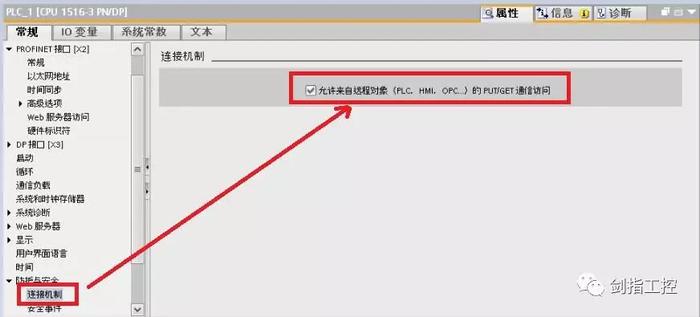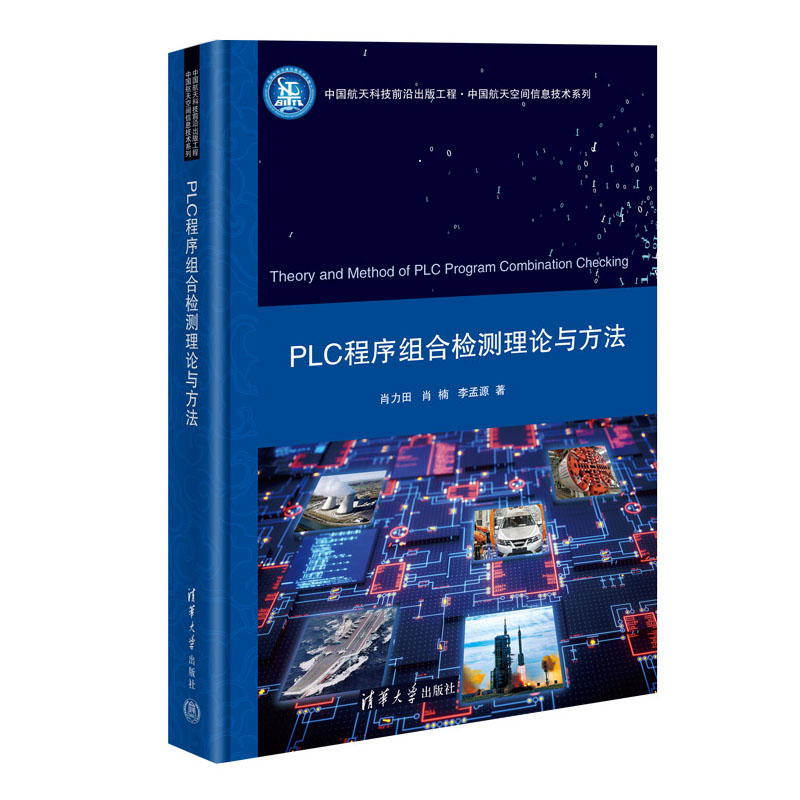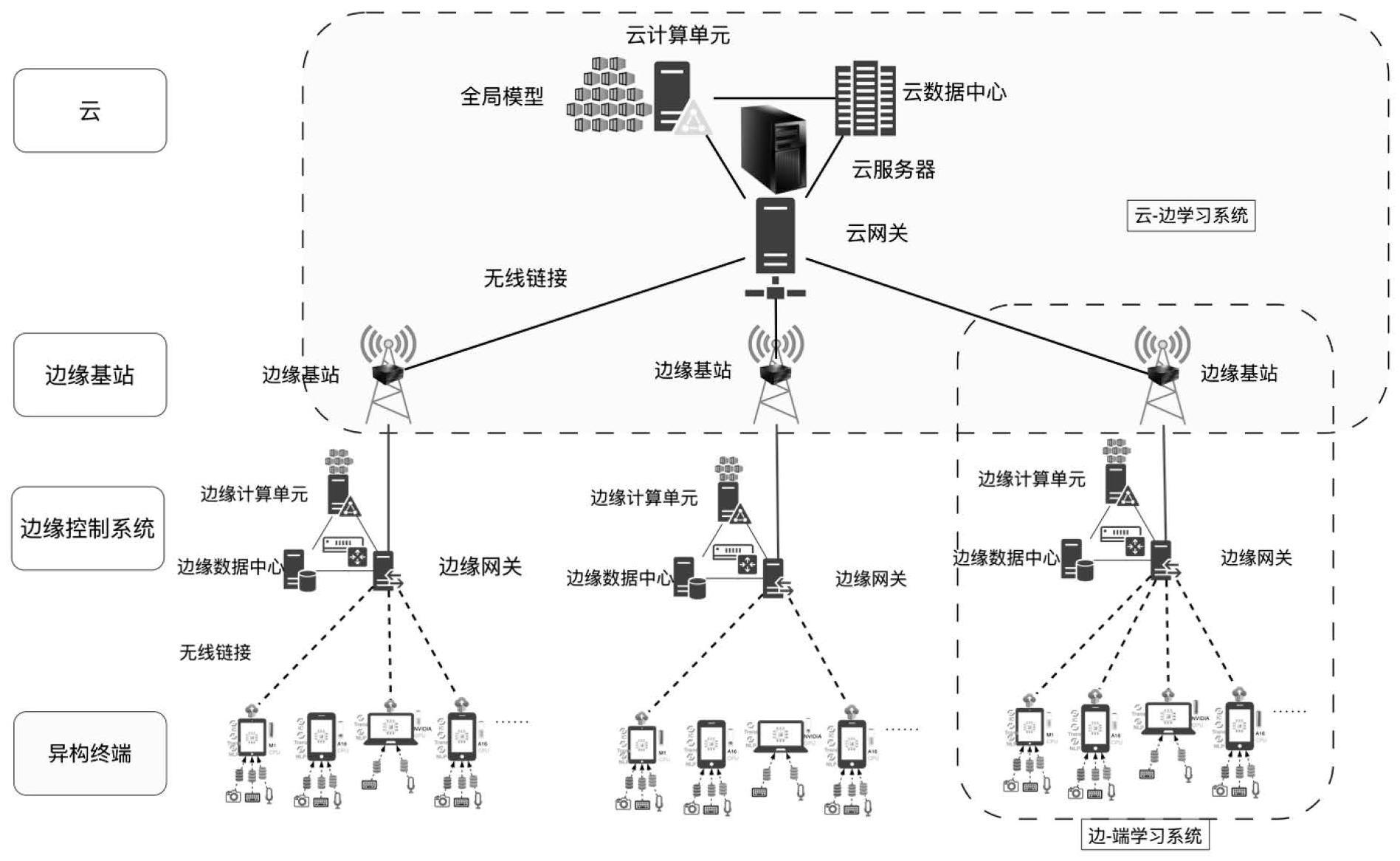一、引言
在学习的道路上,每一个阶段都是对知识的积累和提升。
从基础知识到高级特性,这个过程不仅需要我们投入大量的时间和精力,还需要掌握科学的学习方法。
本文将带领读者一起探索这一进阶之路,并附上相应的英语翻译,帮助大家更好地理解和吸收知识。
二、基础知识的重要性
学习任何知识或技能,首先要从基础开始。
基础知识是构建知识体系的基石,没有扎实的基础,高楼大厦无从谈起。
因此,对于初学者来说,首先要掌握基础知识,这样才能为未来的学习打下坚实的基础。
以英语学习为例,学习英语的初级阶段,我们需要掌握基本的单词、语法和发音。
只有掌握了这些基础知识,我们才能更流畅地进行日常交流,并更好地理解英语文化。
三、从基础到高级的过渡
当掌握了基础知识后,我们就可以逐渐向高级特性过渡。
这个阶段需要我们在原有的基础上进行拓展和深化,掌握更高级的知识和技能。
在这个过程中,我们需要克服许多困难,如知识的复杂性增加、学习内容的深度加大等。
但是,只要我们有坚定的信念和毅力,就一定能够成功。
以编程为例,初学者需要掌握基本的语法和编程逻辑。
随着学习的深入,我们可以逐渐了解更多的高级特性,如数据结构、算法、面向对象编程等。
这些高级特性的掌握,使我们能够编写更复杂的程序,解决实际问题。
四、高级特性的挑战与策略
高级特性是知识的精髓所在,也是最具挑战性的部分。
掌握高级特性需要我们具备深厚的理论知识和实践经验。
在这个过程中,我们可以采用一些策略来提高学习效率。
1. 实践为主:高级特性的学习需要更多的实践。通过实践,我们可以更好地理解和掌握知识,提高解决问题的能力。
2. 深入研究:对于高级特性中的难点和重点,我们需要进行深入的研究和探讨。可以通过查阅相关资料、参加讨论会等方式来加深对知识的理解。
3. 求助他人:当遇到难以解决的问题时,不要害怕向他人求助。与他人交流可以拓宽我们的思路,帮助我们找到解决问题的方法。
五、案例分析:英语学习进阶之路
以英语学习为例,我们可以看看如何从基础知识过渡到高级特性。
我们需要掌握基本的单词、语法和发音。
我们可以逐渐拓展词汇量,学习更多的语法结构。
接下来,我们可以通过阅读英文原著、观看英文电影等方式来提高阅读理解和口语表达能力。
最后,我们可以深入学习英语文学、语言学等高级特性,提高自己的英语素养。
六、结语
从基础知识到高级特性,是一个漫长而充满挑战的过程。
但是,只要我们坚定信念,勇往直前,就一定能够实现我们的目标。
在这个过程中,我们需要不断积累知识、提高技能、拓宽视野。
同时,我们还要善于运用各种学习策略,提高学习效率。
希望本文能够为大家的学习进阶之路提供一些帮助和启示。
From Basic Knowledge to Advanced Features: A Journey of Learning Advancement (With English Translation)
I. Introduction
Every stage of learning is a process of accumulating andenhancing knowledge. From basic knowledge to advanced features, this process requires not only a great deal of time and effort but also scientific learning methods. This articlewill guide readers on this journey of advancement and provide English translations to help better understand and absorb knowledge.
II. The Importance of Basic Knowledge
Learning any knowledgeor skill starts with the basics. Basic knowledge is the cornerstone for building a knowledge system. Without a solid foundation, it is impossible to build a high-rise building. Therefore, for beginners, it is necessary to master the basic knowledge to lay a solid foundation for future learning.
In learning English,for example, the initial stage involves mastering basic vocabulary, grammar, and pronunciation. Only with these basics can we communicate more fluently and understand English culturebetter.
III. Transition from Basic to Advanced
When basic knowledge is mastered, we can gradually transition to advanced features. This phase involves expanding and deepeningour knowledge on the basis of what we have learned. We may encounter many challenges, such as the increasing complexity of knowledge and the depth of learning content. However, with firm belief and perseverance, we can succeed.
In programming, for instance, beginners need to grasp basic syntax and programming logic.As we learn more deeply, we can gradually understand more advanced features such as data structures, algorithms, object-oriented programming, etc. Mastering theseadvanced features enables us to write more complex programs and solve practical problems.
IV. Challenges and Strategies for Advanced Features
Advanced features are the essence of knowledge andalso the most challenging part. Mastering advanced features requires deep theoretical knowledge and practical experience. Here are some strategies to improve learning efficiency during this process:
1. Practice is key: Advanced features require more practice to understand and master.
2. In-depth research: For difficult and key points in advancedfeatures, we need to conduct in-depth research and exploration. This can be done by consulting relevant materials, participating in discussions, etc.
3.Seeking help: When encountering difficult problems, do not hesitate to ask for help from others. Exchanging with others can broaden our horizons and help usfind solutions to problems.
V. Case Study: English Learning Journey of Advancement
Taking English learning as an example, we can see how to transition from basicknowledge to advanced features. First, we need to master basic vocabulary, grammar, and pronunciation. Then, we can gradually expand our vocabulary and learn moregrammar structures. Next, we can improve our reading comprehension and oral expression skills by reading English originals and watching English movies. Finally, we can delveinto advanced features such as English literature and linguistics to enhance our English proficiency.
VI. Conclusion
From basic knowledge to advanced features is a long and challenging process. However, with firm belief and courage, we can achieve our goals. During this process, we need to constantly accumulate knowledge, improve skills, andbroaden our horizons. At the same time, we should also be good at using various learning strategies to improve learning efficiency. It is hoped that this articlecan provide some help and inspiration for everyones learning journey of advancement.(文章结束)
日语概论目录
本文档提供了一个全面的日语概论,涵盖了从基础知识到高级特性的深入讲解。
首先,凡例部分介绍了文档的整体框架和规则,为后续章节做引导。
绪论中,我们探讨了日语在全球语言体系中的位置和重要性。
在深入研究中,第一章 日语语音分为四节:入门基础知识为初学者打下坚实基础;音节和音拍介绍日语的基本音节结构;韵律和语流音变则揭示了日语语音的丰富变化。
接着,第二章 日语文字标记详细阐述了平假名、片假名、罗马字、汉字、书写系统、标点与格式,以及独特标记系统的特性。
第三章 日语词汇讲解了词的构成、类别、系统以及词汇的语感,同时还介绍了如何使用辞书来学习。
在第四章 日语语义中,我们探讨了语言符号与语义的关系,以及语义的分类、聚合、组合和变化。
第五章 日语语法深入剖析了词类、格、态、体时、情态、复句和接续规则。
在处理语言结构的更高层面,第六章 日语语篇涉及语篇的定义、衔接、信息组织和视点,以及引用与引述的使用。
最后,第七章 日语语体讨论了语体与语境的关系,以及口语体、书面语体、简体和敬体的区别,以及敬语和得体表达的运用。
附录部分包括 练习题参考答案 和 词语解释 ,为学习者提供实践和理解的辅助工具。
精通Excel2007中文版INSIDEOUT目录
掌握Excel2007中文版的全面指南深入解析,从基础知识到高级应用,一应俱全。 第I部分,Excel环境的初步探索,深入理解新特性:第1章,详述Excel2007的革新特性,引领你步入新功能的世界。 第2章,基础篇,奠定Excel操作的坚实基础。 第3章,自定义工作区,个性化你的工作环境,提升效率。 第4章,关注数据安全与隐私保护,确保数据安全无虞。 第II部分,构建专业工作表:第5章,教你如何精心设计布局,展现数据魅力。 第6章,掌握工作表的使用技巧,让数据处理得心应手。 第7章,工作簿管理,多表协作无压力。 第III部分,工作表的格式与编辑,细致入微:深入探讨如何美化数据,精准操作。 第IV部分,图形与打印,视觉呈现与输出的双重考量。 第V部分,进入数据处理的核心:学习构造公式和执行数据分析,为决策提供强有力支持。 第VI部分,图表制作,数据可视化的新篇章。 第VII部分,管理数据库和表格,高效整理信息。 第VIII部分,协作功能,提升团队协作效率。 第IX部分,自动化操作,减轻重复劳动的繁琐。 第X部分,Excel与其他软件的无缝对接,拓展应用领域。 最后,第XI部分的附录,汇总实用工具和疑难解答,助你轻松解决使用过程中的问题。 通过这一系列章节,Excel2007中文版将不再是难懂的工具,而是你的得力助手。
数据库原理与SQL Server教程目录
本文档提供了一个详尽的SQL Server教程,涵盖了从基础知识到高级特性的全面学习路径。
首先,第一章介绍了数据库的基础知识,为后续学习奠定坚实的基础。 在这里,你会理解数据库的基本概念和运作原理。
接着,进入第二章,深入探讨 关系数据库 的理论,理解数据之间的关系及其组织方式。
第三章,我们详述了 SQL Server的安装与配置 过程,确保你能够顺利启动和管理你的数据库环境。
第四章至第六章,依次讲解了数据库的 管理 、 表管理 和 数据管理 ,让你掌握数据的创建、修改和维护。
第七章至第八章,重点是 数据查询 ,通过SQL语句实现数据的查找、筛选和分析。
第九章,深入探讨 关系数据模式的规范化理论 ,提高数据结构的效率和一致性。
第十章至第十五章,涵盖了数据库设计的关键环节,包括 索引 、 视图 、 存储过程 、 触发器 、 事务和锁 以及 数据库安全 ,确保数据的完整性和安全性。
最后,第十六章以一个实际案例—— 人事管理系统数据库 的设计为例,让你将理论知识应用到实际项目中。
附录A和B提供了 需求规格说明书 和 数据库设计说明书 ,供你参考和实践中的具体操作指导。
通过本教程,无论你是初学者还是进阶用户,都能系统地学习和掌握SQL Server的使用技巧和管理策略。
本文原创来源:电气TV网,欢迎收藏本网址,收藏不迷路哦!








添加新评论